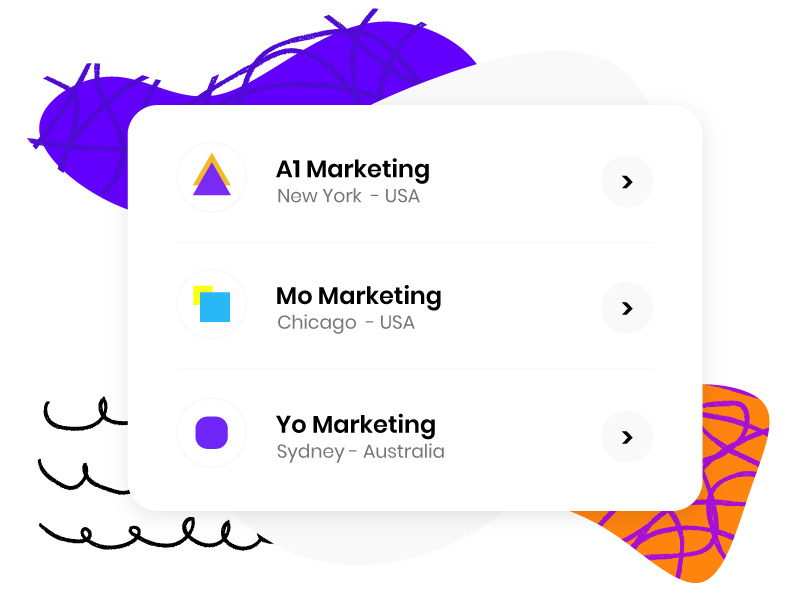
The life of a musician is often a blend of creativity, hustle, and financial uncertainty. Whether you’re an independent artist recording your debut album, a band touring across the country, or a composer scoring for films, funding your passion can be a major hurdle. Traditional loans may not always cater to the unique needs of musicians, which is why joint loans are emerging as a viable solution.
Why Musicians Struggle with Financing
The Unpredictable Nature of the Industry
Music careers rarely follow a linear path. Income can fluctuate wildly—today’s sold-out show might be followed by months of unpaid gigs. Banks and traditional lenders often see this instability as a red flag, making it difficult for musicians to secure loans.
High Upfront Costs
From studio time and equipment to marketing and touring expenses, the costs add up quickly. Many musicians don’t have the savings to cover these investments upfront, leaving them in a financial bind.
Lack of Collateral
Most artists don’t own property or have substantial assets to use as collateral. Without it, securing a traditional loan becomes nearly impossible.
How Joint Loans Can Help
A joint loan is a financing option where two or more people apply for a loan together, sharing the responsibility for repayment. For musicians, this could mean teaming up with a bandmate, a manager, or even a supportive family member.
Benefits of Joint Loans for Musicians
- Higher Approval Odds – Combining incomes and credit scores increases the likelihood of loan approval.
- Larger Loan Amounts – With multiple applicants, lenders may offer more substantial funding.
- Flexible Repayment – Shared responsibility means lower individual monthly payments.
- Building Credit Together – If managed well, a joint loan can help all parties improve their credit scores.
Who Should Consider a Joint Loan?
Bands & Musical Groups
If you’re in a band, pooling resources makes sense. Touring, recording, and marketing are collective efforts, so sharing financial responsibility aligns with the collaborative nature of music.
Musicians with Supportive Networks
Family members or close friends who believe in your talent might be willing to co-sign a loan. Just ensure everyone understands the risks involved.
Music Entrepreneurs
If you’re running a music-related business (e.g., a recording studio or production company), a joint loan with a business partner could provide the capital needed to scale.
Risks to Consider
While joint loans offer advantages, they also come with risks:
- Shared Liability – If one borrower defaults, the other(s) are still responsible for repayment.
- Credit Impact – Missed payments affect all co-borrowers’ credit scores.
- Relationship Strain – Money disputes can damage personal and professional relationships.
Alternatives to Joint Loans
If a joint loan isn’t the right fit, musicians have other funding options:
Crowdfunding
Platforms like Kickstarter and Patreon allow fans to directly support your projects.
Grants & Sponsorships
Many organizations offer grants specifically for musicians. Corporate sponsorships are another avenue.
Personal Loans & Credit Lines
Some online lenders specialize in loans for creatives, offering more flexible terms than traditional banks.
Final Thoughts
The music industry is evolving, and so are the ways musicians fund their careers. Joint loans provide a practical solution for artists who need financial backing but lack traditional qualifications. By carefully weighing the pros and cons—and choosing the right co-borrower—musicians can secure the funds they need to turn their passion into a sustainable career.
Whether you’re recording your next hit or planning a nationwide tour, exploring joint loans could be the key to unlocking your musical dreams.
Copyright Statement:
Author: Avant Loans
Link: https://avantloans.github.io/blog/joint-loans-for-musicians-funding-your-passion-4572.htm
Source: Avant Loans
The copyright of this article belongs to the author. Reproduction is not allowed without permission.
Recommended Blog
- Personal Loans for Immigrants in Augusta, GA
- The Best Financial Tools to Replace Payday Loans
- John Lewis Loans for Hobbies and Passion Projects
- 0 Down Personal Loans: What You Need to Know
- How Much Can You Borrow with a Same-Day Loan?
- Title Loans in Henderson, NV: How They Work
- Online Loans for Moving Expenses: Smart or Risky?
- VA Loans in Augusta, GA: Benefits for Veterans
- MOHELA Student Loan Forgiveness for Private Loans
- Online Loans ASAP: The Best Digital Lenders
Latest Blog
- Car Title Loans Miami: What You Need to Know
- The Legal Aspects of Yes Loans: What Borrowers Should Know
- How to Apply for an Excelsior Loan in 5 Easy Steps
- Commercial Real Estate Loans in the Quad Cities
- Title Loans Near Me: What’s the Minimum Credit Score Needed?
- Kinfolk Home Loans: The Best Option for Co-Op Buyers
- Direct Lender Payday Loans Near Me – No Middlemen
- $2000 Loan for Tattoos – Should You Borrow?
- What Is a Good APR for a Personal Loan?
- Jacksonville NC Cash Loans: Get Money When You Need It
